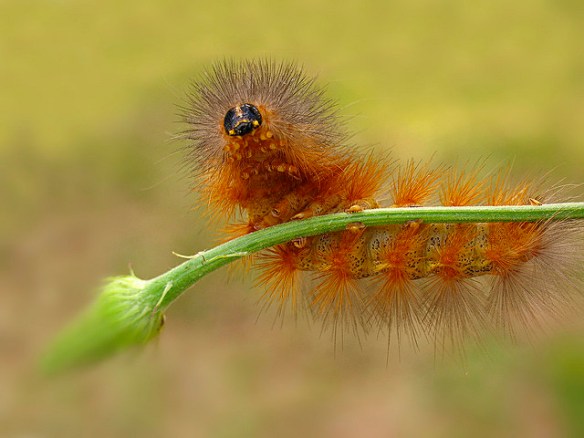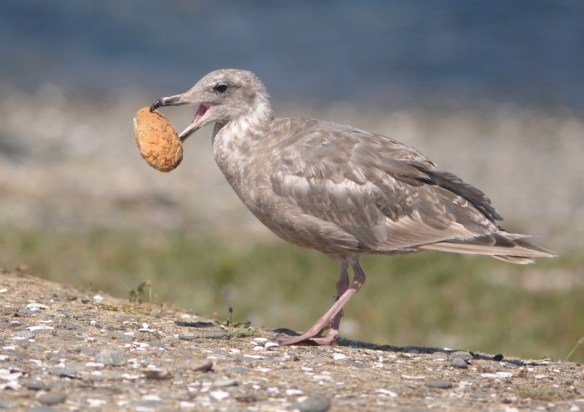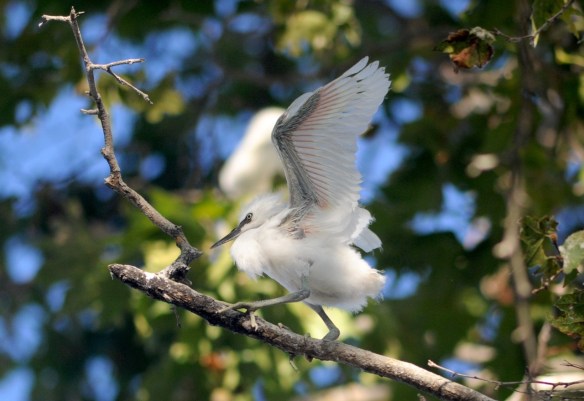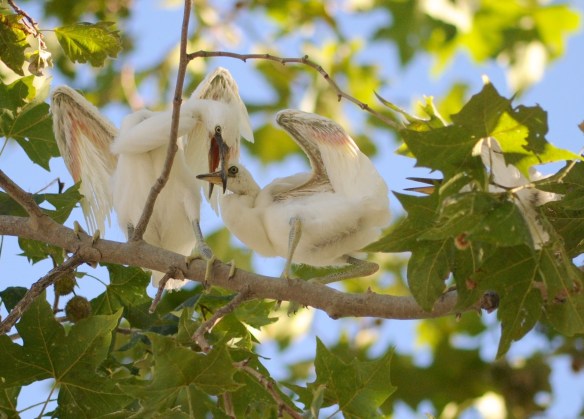It’s almost a pity that we introduce children to caterpillars so young. The magic of the transformation of a squishy, unimpressive tube into a living, fluttering creature apparently made of stained glass gets muddled up with the rest of the magic of childhood and is too easy to forget when we grow up. Everyone knows about caterpillars turning into butterflies, but almost no one really thinks about it.

Photo by Andrea Westmoreland, reproduced through a Creative Common license from Flickr.
Even before they turning into butterflies (or moths), caterpillars are impressive. They hatch tiny, into a bird-eat-caterpillar world, and their one crucial job is to grow big in time to metamorphose. This isn’t a particularly complex task—there’s a reason caterpillars are basically just digestive systems on legs—but it isn’t necessarily easy, either. They need to find the right food and eat it quickly without being eaten themselves.













